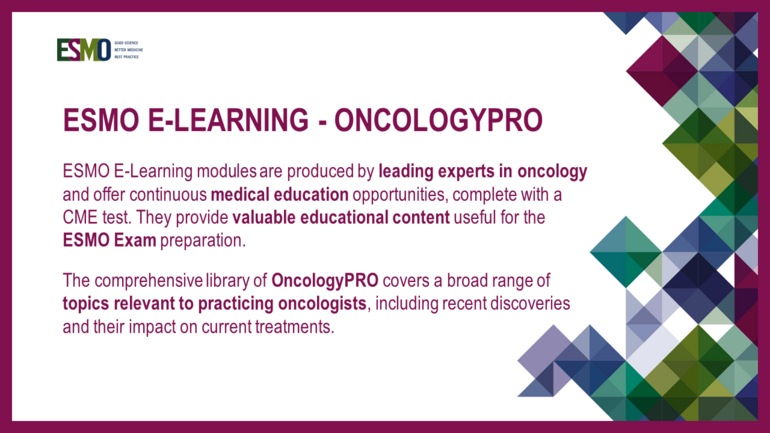Germ cell tumours are rare malignancies affecting young men aged between 15 and 40 years. The vast majority of germ cell tumours arise in the testicles, but around 5% occur outside the gonads. Approximately 50% of the testicular germ cell tumours are pure seminomas and 50% are non-seminomas.
In stage I of the disease, cure rate is nearly 100% and it exceeds 80% in patients with metastatic disease. Due to such unique survivorship rate in the oncology field, patients with testicular cancer and their family doctors should be adequately informed about potential late toxicities and their prevention, both during and at the end of treatment as well as during specialised follow-up.
This E-learning module is divided into two parts. The first part deals with an update on the disease and has been prepared by Giovanni Rosti, a medical oncologist. It outlines:
- Incidence rates and relative risk of testicular cancer
- Disease classification and staging
- Treatment plan according to stage of the disease and practice criteria for treatment decision
- Prognostic score and treatment of relapsed, refractory and residual disease
- Follow-up and long term clinical outcome.
The second part is prepared by Andrea Garolla, an andrologist with an extensive working experience in the unit of human reproductive pathology. Compared with a general population, the 10-year post-treatment paternity rate in testicular cancer survivors is significantly reduced, in part due to pre-existing fertility problems. Nevertheless, the 15-year fatherhood rate among testicular cancer survivors who wish to father a child is approximately 70%, with a strong association with treatment intensity. This second part of the module covers fertility preservation in the following aspects:
- Who is a candidate for fertility preservation?
- Why preserve fertility?
- When to preserve it?
- How to preserve fertility?
Testicular cancer survivors think about the future and are interested in fertility preservation. This E-learning module is an excellent opportunity for oncologists to update their knowledge in this area and actively engage in discussion and in offering opportunities to their patients.



